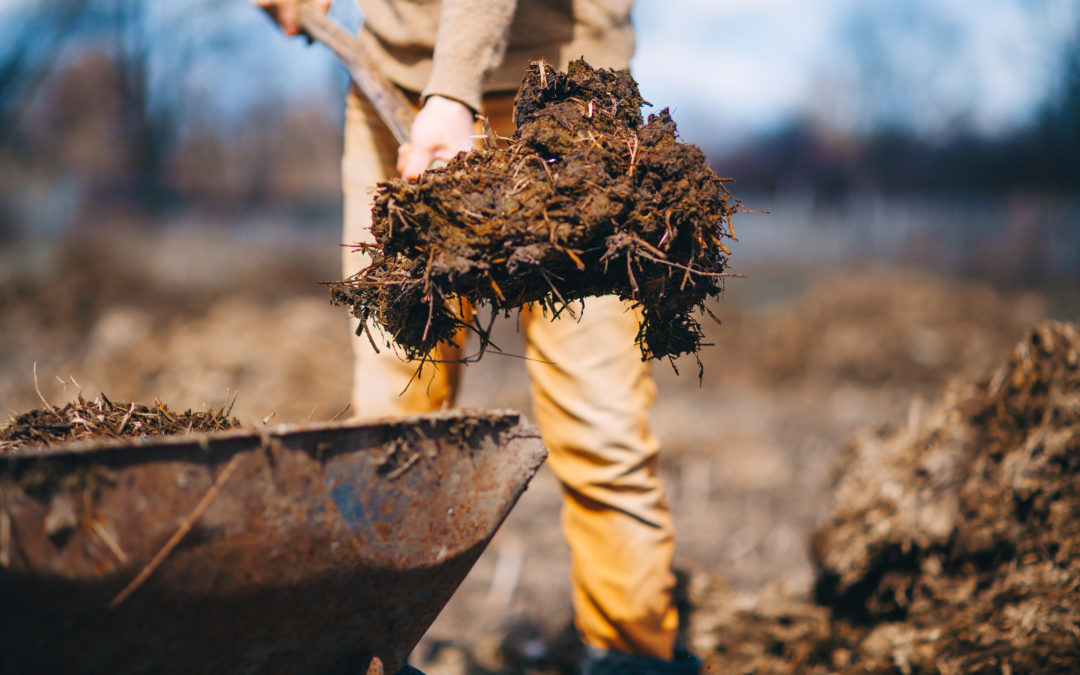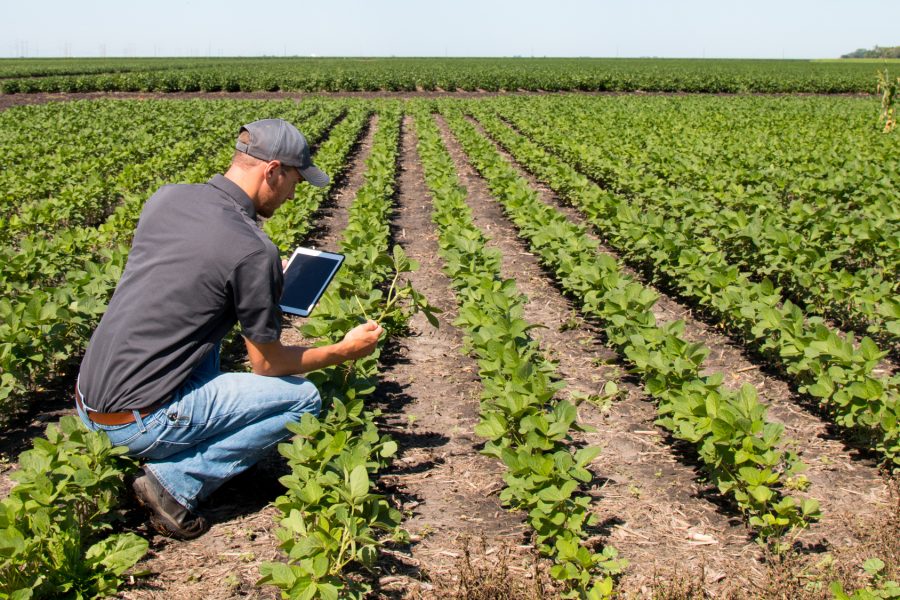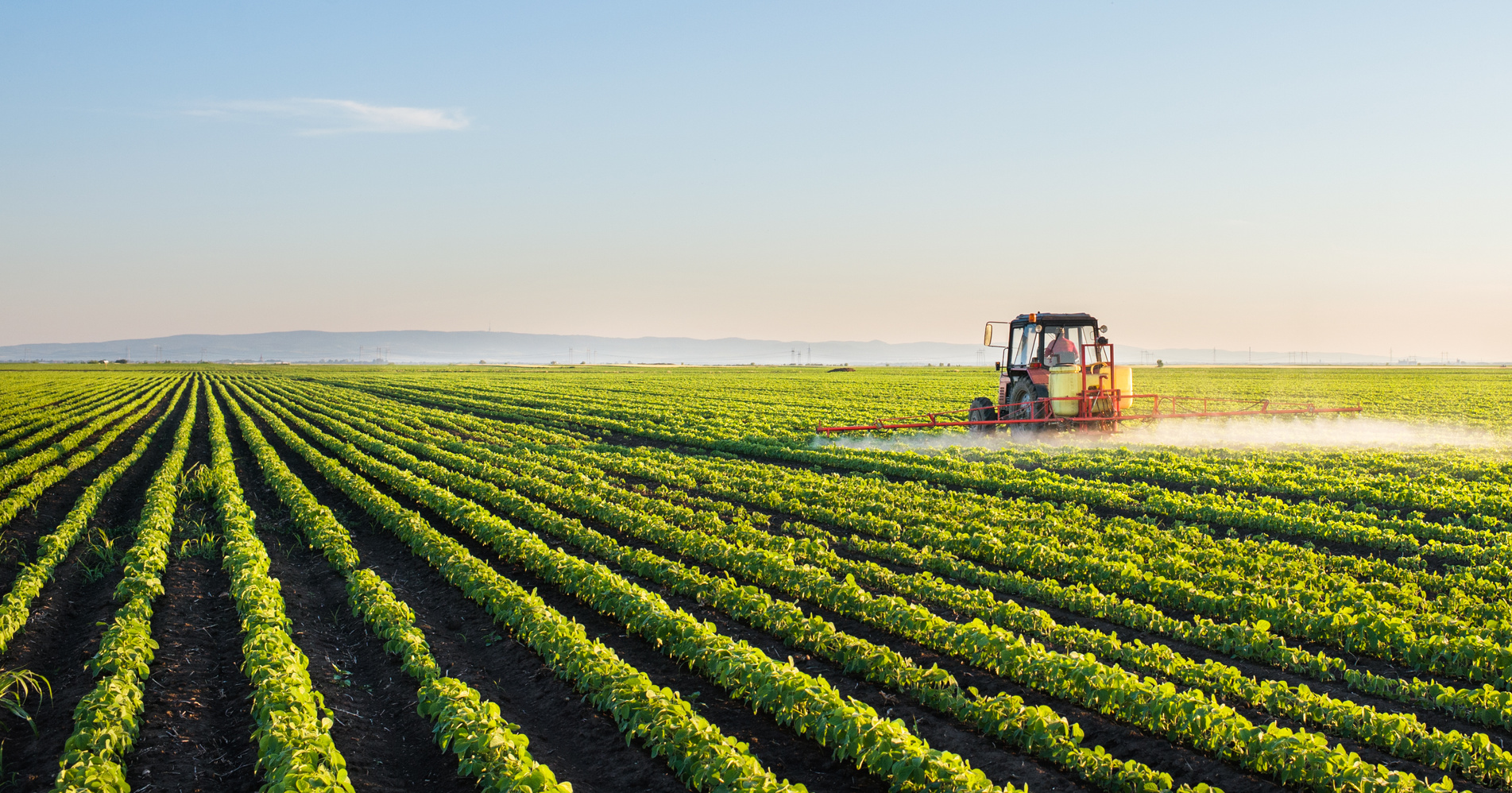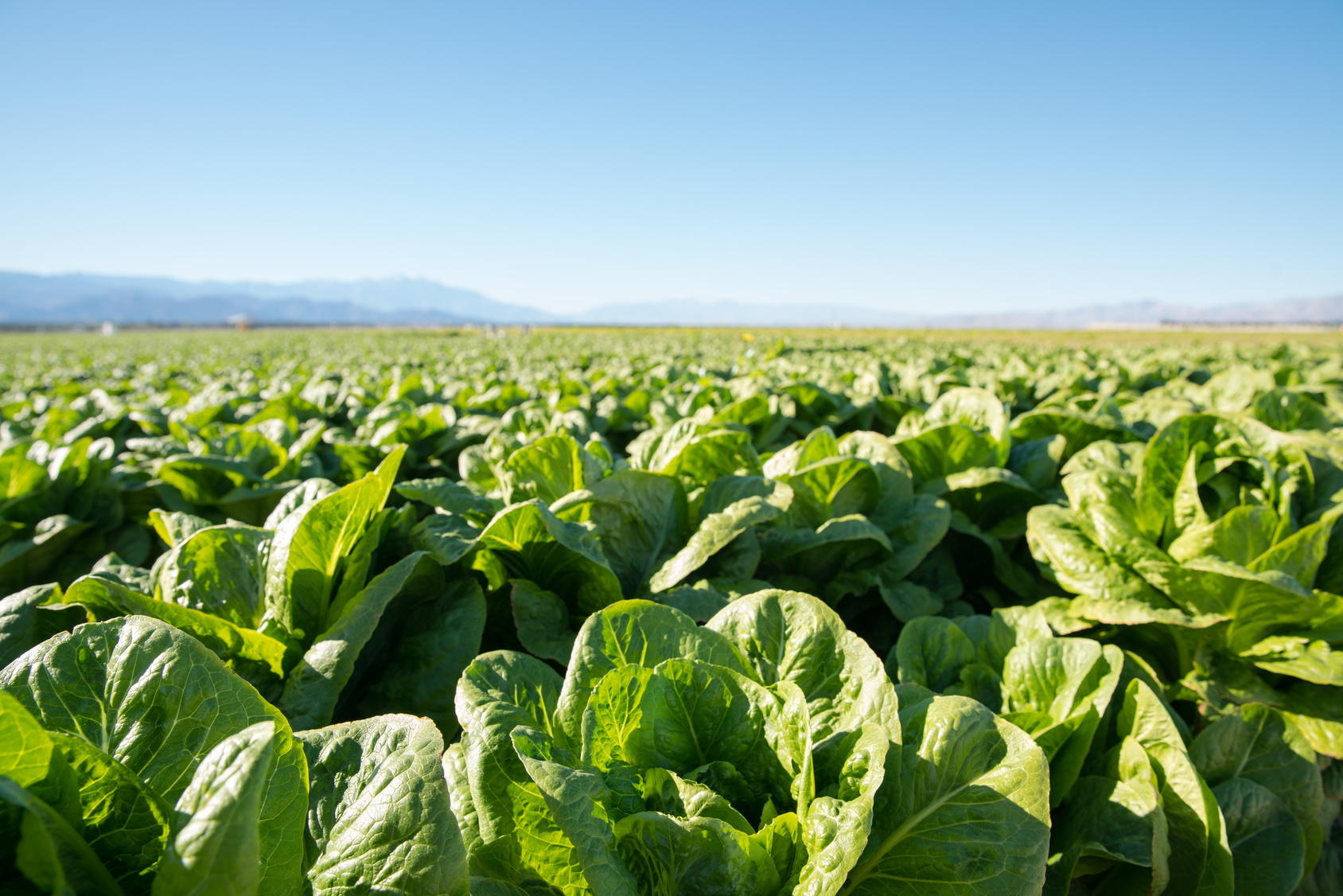Healthy soil is the foundation for a healthy food system and is a leading indicator for many key metrics around sustainability and ecological health. As a result, soil health is inextricably linked to plant, animal, human and global health.
But topsoil depletion is far outpacing the capacity to generate new soil. In much of the world, soil is being inundated with chemical fertilizers, with much of the soil’s organic matter being harmed.
But human health problems as they are linked to soil health, are typically related to water contamination and an over lack of biodiversity in the soil, which creates a negative feedback loop to further detract from soil quality. Farmers face an ever-growing number of solutions to these concerns but lack creative financial tools to adopt them safely.
We’re in the middle of a paradigm shift in soil health practices, with some sustainability protocols that harken back to preindustrial agriculture that oftentimes deliver very good results in terms of health consequences as well as positive economic consequences as consumers are becoming more conscious about what they buy and it was produced.
Three major factors are driving this shift.
The Looming Topsoil Crisis and its Impact on Soil Health
The world is grappling with a significant topsoil crisis, witnessing the loss of roughly 2 billion hectares (5 billion acres) of soil in recent decades. This alarming decline, accounting for a 50% reduction in agricultural supply over the past 50 years, is only accelerating.
Various estimates suggest that farms lose anywhere from 1 to 30 tons of soil per acre annually, primarily due to water erosion. This erosion can be attributed to factors such as overgrazing and deforestation. The rate at which topsoil is being lost far outpaces its natural regeneration, which occurs through the slow erosion of rocks and sediment. Typically, it takes 500 to 1,000 years to generate just three centimeters of topsoil. At the current rate of soil loss, all of the world’s soil could vanish within 60 years.
Soil health is a global concern, with countries like the U.S. and China facing severe repercussions. In the U.S., soil is being lost 10 times faster than it can naturally replenish, while China’s rate is 30-40 times faster. This rapid erosion has a direct economic impact, with productivity losses amounting to $37.6 billion in the U.S. and an estimated $400 billion globally annually.
Furthermore, about 60% of the eroded soil ends up in rivers, streams, and lakes, increasing their vulnerability to flooding. The presence of fertilizers and other agricultural inputs in these waterways also contributes to various negative environmental consequences. Agricultural activities, in turn, exacerbate topsoil loss, creating a vicious cycle that threatens soil health worldwide.
Declining Nitrogen Use Efficiency and its Impact on Agriculture
The efficiency of nitrogen use in agriculture is a critical aspect of soil health that warrants attention. Currently, we are applying significantly more nitrogen and fertilizers than necessary, which wastes resources and harms the environment. According to BAS Global, less than 50% of applied nitrogen is absorbed by plants, indicating that a substantial portion of these chemical inputs goes to waste from an agricultural standpoint.
The fertilizer market is massive, with some estimates valuing the industry at around $150 billion. Nitrogen alone accounts for a staggering $200 billion in market value. However, less than half of this nitrogen is effectively utilized by plants, underscoring the need to optimize its use in agriculture.
In essence, the excessive application of fertilizer has resulted in diminishing returns, and the unit economics of nitrogen are not as efficient as they could be. This overuse contributes to various environmental issues, such as soil degradation, water contamination, and the release of greenhouse gases. Additionally, it places undue financial strain on farmers who rely on expensive chemical inputs.
Implementing more sustainable and efficient nitrogen management practices can significantly improve soil health, reduce environmental impacts, and optimize agricultural productivity. By adopting precision agriculture techniques, utilizing soil testing, and employing organic alternatives, we can minimize waste and ensure the responsible use of nitrogen and other fertilizers. This approach not only benefits the environment but also supports the long-term success of the agricultural sector.
Diminishing Soil Biodiversity and its Consequences
A thriving soil ecosystem, the soil microbiome, relies on diverse life forms, including bacteria, fungi, tiny insects, and earthworms, contributing to soil biodiversity. However, we are witnessing a decline in the variety of organisms present in the soil, which negatively impacts numerous ecosystem functions.
In essence, as soil biodiversity increases, so does the multi-functionality of the ecosystem. This results in enhanced plant diversity, decomposition, nutrient retention, and nutrient cycling—all crucial elements of healthy soil.
One key indicator of soil health is its water-holding capacity. A strong correlation exists between soil organic carbon and the soil’s ability to retain available water. Research shows that a one-gram increase in soil organic carbon boosts available water by one to 4.9 grams for every 100 grams of soil. This increased water-holding capacity benefits plants and animals throughout the food chain.
A lack of soil biodiversity can stem from various factors, ultimately reducing water-holding capacity. As a result, water runoff occurs at higher rates than it otherwise would, exacerbating erosion, water contamination from chemical inputs, and topsoil loss. This vicious cycle continues to accelerate, making addressing soil biodiversity and overall soil health increasingly important.






